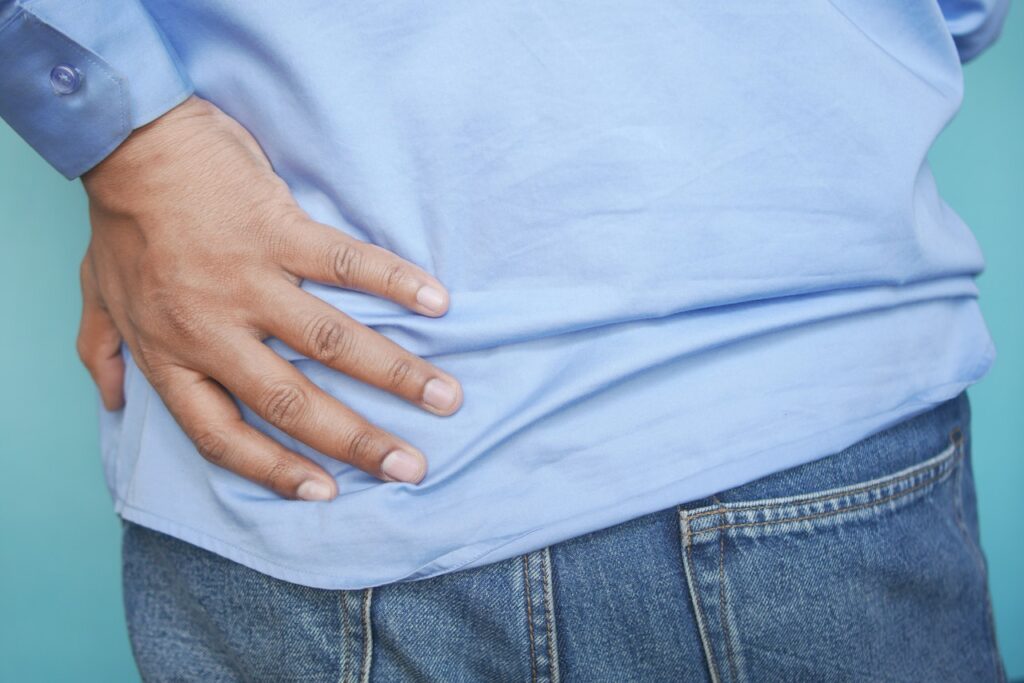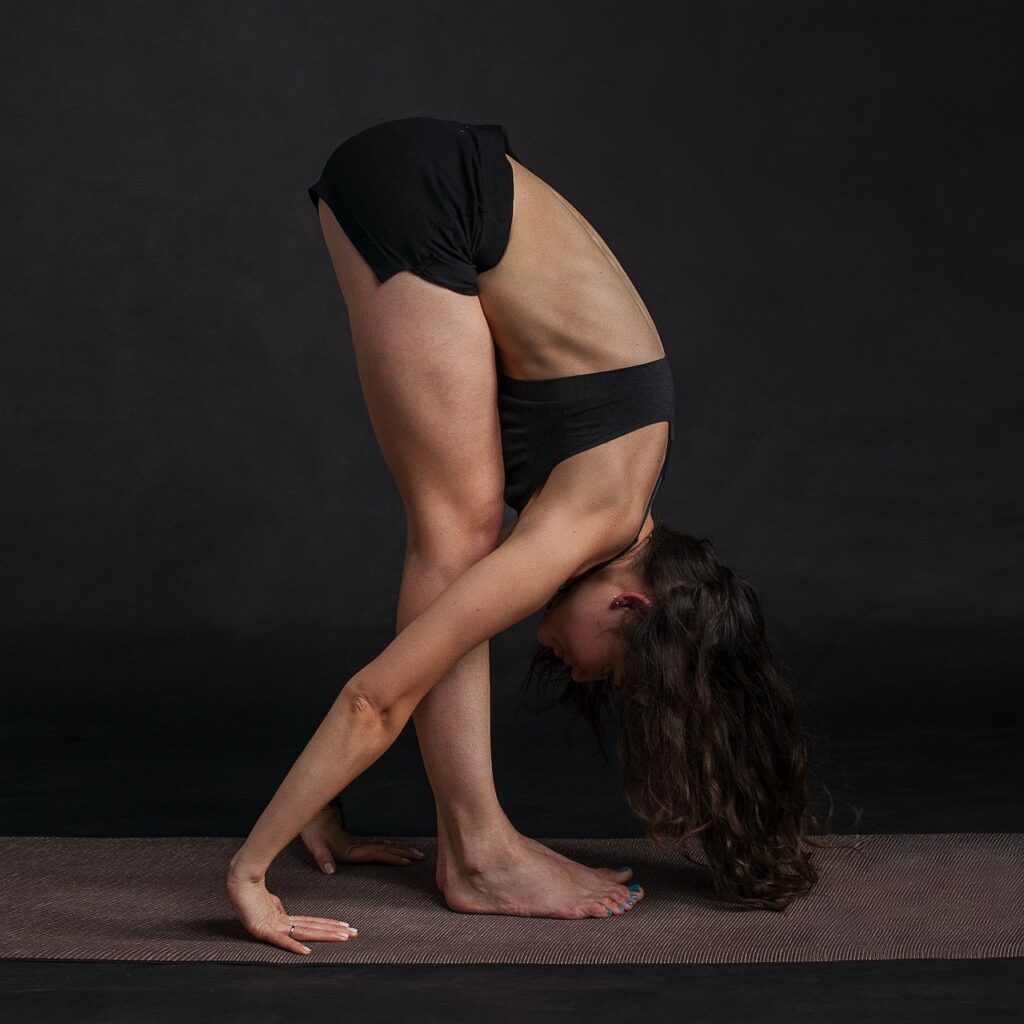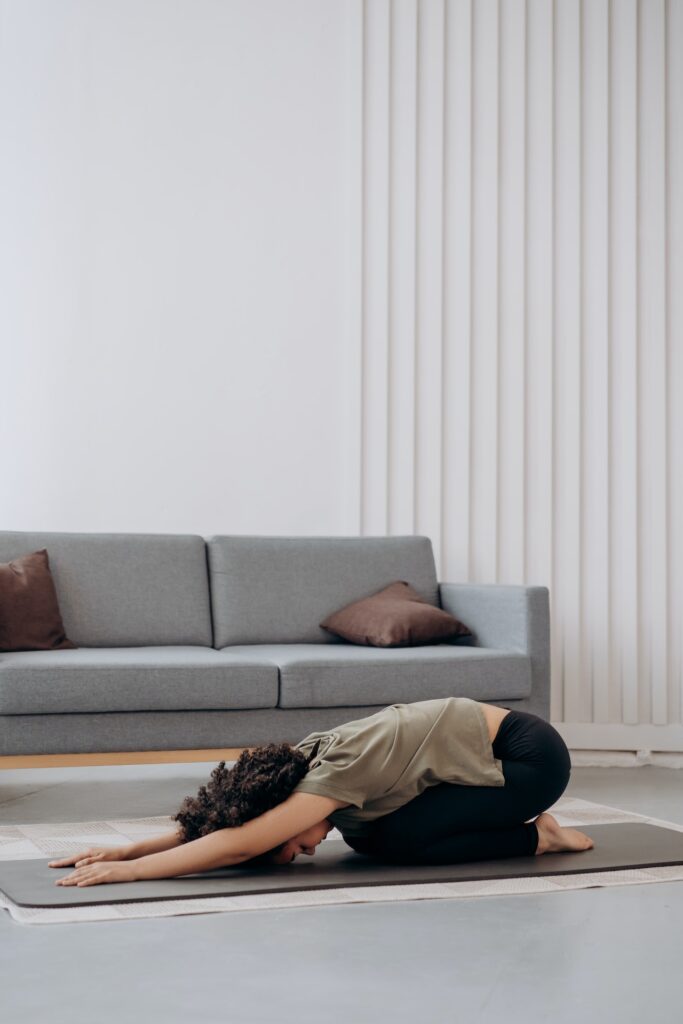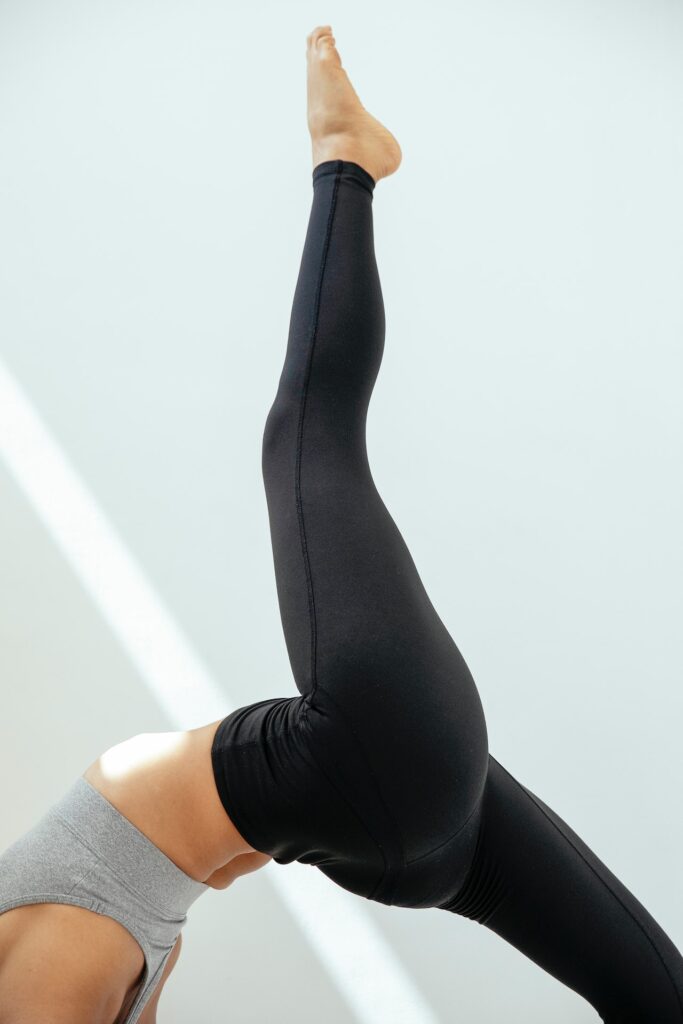
Back pain relief and tight hip flexors, is it the fix you have been looking for? Back pain is a widespread issue that affects people of all ages and lifestyles. Various causes for back pain exist from simply being over weight to that old nagging injury. But one often overlooked factor is the tightness of the hip flexor muscles. The hip flexors play a crucial role in posture, mobility, and the overall health of the lower back. When these muscles become tight and inflexible, they can contribute to lower back pain and discomfort. In this blog post, we will delve into the connection between back pain and tight hip flexors, understand the impact of tightness on the lower back, and explore effective strategies to alleviate the pain by addressing the underlying issue of tight hip flexors.
How do you live your best life? By living your life healthy!! Check us out here.
Back Pain Relief – The Connection
To comprehend the connection between back pain and tight hip flexors, it is essential to understand the role of these muscles. The hip flexors are a group of muscles located at the front of the hip joint. These include the psoas major, iliacus, and rectus femoris. Their primary function is to flex the hip joint, allowing movements such as walking, running, and sitting. When these muscles are excessively tight or shortened, they can cause imbalances in the pelvis. Additionally they can alter posture, and increase strain on the lower back.
Tight hip flexors can directly impact the lower back by pulling the pelvis forward. This results in an exaggerated curvature of the lower spine known as anterior pelvic tilt. This misalignment puts excessive stress on the lumbar vertebrae. Therefore muscles become imbalanced, decreased range of motion, and ultimately, back pain. The tightness of the hip flexors can also inhibit the activation and strength of the gluteal muscles. These muscles play a crucial role in stabilizing the pelvis and supporting the lower back.
Recognizing the symptoms and indicators of tight hip flexors is crucial in addressing the issue and finding relief from back pain. Some common signs include lower back pain, hip pain or discomfort, limited hip mobility, difficulty standing upright, and a tendency to lean forward when walking or standing. Additionally, individuals who sit for long periods, engage in activities that involve repetitive hip flexion (such as running or cycling), or have a sedentary lifestyle are more prone to developing tight hip flexors.
Back Pain Relief – Effective Strategies



- Stretching Exercises: Regularly incorporating hip flexor stretches into your routine can help lengthen and release tension in these muscles. Examples of effective stretches include the kneeling hip flexor stretch, lunges, and the reclined pigeon pose.
- Strengthening Exercises: Strengthening the opposing muscle groups. These would include the glutes and abdominal muscles, can help counterbalance the tight hip flexors. Exercises like bridges, planks, and clamshells can help activate and strengthen these muscles.
- Mobility and Flexibility Training: Engaging in activities that promote overall mobility and flexibility. Such as yoga or Pilates, can be beneficial for both the hip flexors and the lower back. These practices often involve movements that stretch and strengthen the entire body, including the hip flexors and surrounding muscles.
- Posture Awareness: Developing good posture habits is essential for alleviating back pain caused by tight hip flexors. Regularly check your posture and make necessary adjustments. Be mindful of maintaining a neutral spine alignment while sitting, standing, and walking.
- Active Breaks and Movement: Make it a habit to take regular breaks and incorporate movement into your day. Short walks, gentle stretches, or simple exercises can help prevent the hip flexors from becoming excessively tight. This contributes to maintaining better overall hip and back health.
- Professional Guidance: If you experience persistent or severe back pain, seeking professional guidance from a physical therapist or healthcare provider is recommended. They can assess your specific condition, provide targeted treatment options, and guide you through a comprehensive rehabilitation program.

Back Pain Relief and Tight Hip Flexors Conclusion
The connection between back pain and tight hip flexors should not be overlooked. Understanding the impact of tightness on the lower back and taking proactive steps to address tight hip flexors can significantly alleviate back pain and improve overall back health. By incorporating stretching exercises, strengthening opposing muscle groups, practicing good posture, and seeking professional guidance when needed, you can find relief from back pain and promote a healthier, pain-free lifestyle. Don’t let tight hip flexors hold you back any longer—take action and prioritize your hip and back health for long-term well-being. Another common cause of back pain is a weak core. Find out here how strengthening your core can relieve back pain.
© Copyright 2023. All rights reserved.
Pingback: Back Pain and Weight - It's A Weighty Connection
Comments are closed.